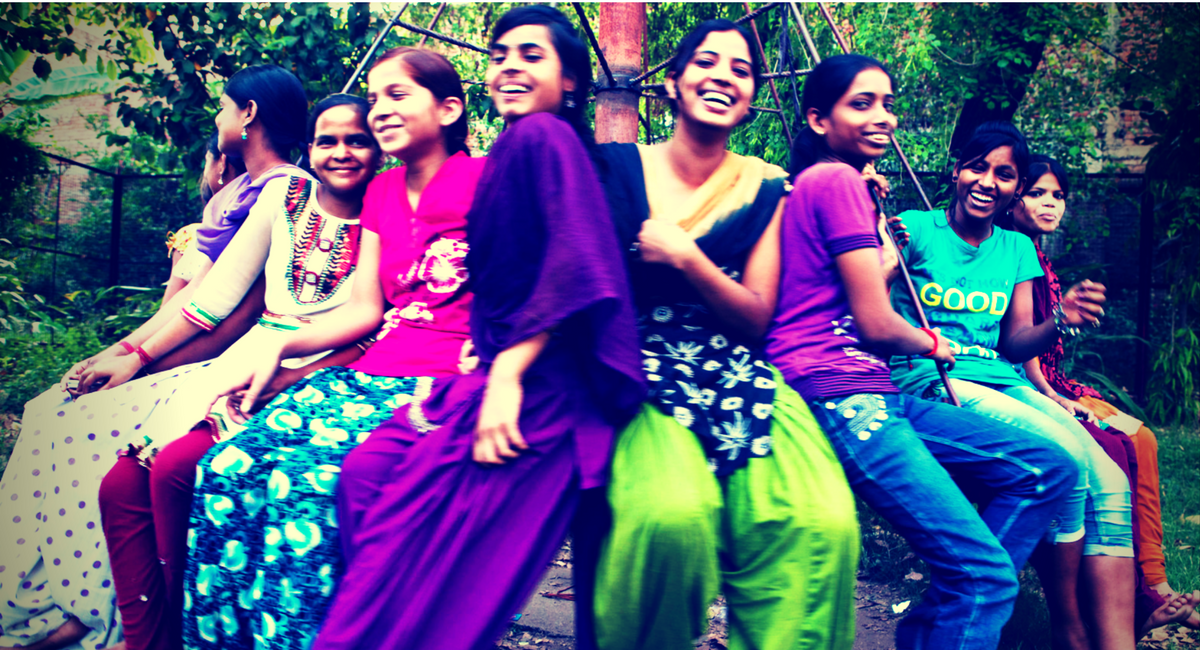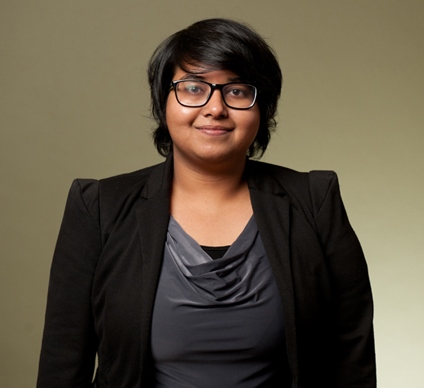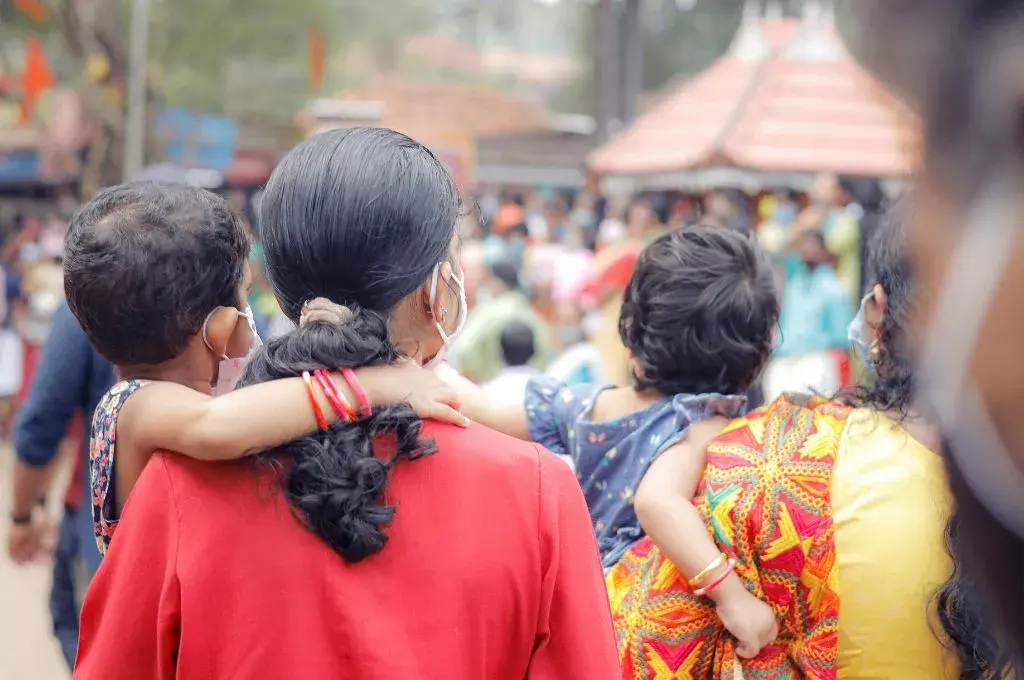As many as 232 million young people in India* between the ages of 15 and 24 are in the process of discovering their sexuality–in the shadow of tremendous stigma.
In 2015, FSG spoke to 500 of these young men and women in Mumbai and Jaipur to assess their unfulfilled reproductive and sexual health needs and identify potential solutions.
Our research, which was supported by the Packard Foundation, confirmed that many prevailing misconceptions, beliefs and attitudes regarding sex and sexuality among young people are similar to what one may find among older generations.
Improved reproductive health outcomes are a shot in the dark for many young people.
The good news is that a solution may lie in an unexpected place: the smartphones and tablets these young men and women carry. India’s rapidly growing internet user base (currently 433 million**) may well hold the key to a healthier, more aware and more empowered generation.
Playing taboo… and losing
Improved reproductive health outcomes are a shot in the dark for many young people, with no access to credible information or quality products. Three factors play a key role in the experiences that the young in urban India have with respect to their reproductive health: their gender, marital status and the type of city they live in.
Young women in particular are limited in exercising agency and face significantly higher levels of stigma in trying to access better information, products or services. “Everyone, other than my friends, will perceive me as immoral if they find out that I am sexually active,” said an 18-year-old girl in Mumbai.
Related article: IDR Interviews | Dr Rani Bang
Unmarried couples are not always prepared with condoms at the time of intercourse. They often don’t know where to anonymously and discreetly obtain any products and fear being judged by providers like pharmacists and doctors.
Young married couples in this age group often do not intend to use any methods to prevent pregnancy, even though they may want to delay having children. “The local USHA worker did tell me about delaying our second child, but I feel very uncomfortable having this discussion in front of my mother-in-law,” said a 19-year-old housewife in Jaipur.
Young people in Mumbai had better access to information and services compared to those in Jaipur. They also have higher financial agency and mobility, leading to greater awareness and a stronger voice in the use of contraceptives.
Much of these sub-par outcomes are driven by a lack of awareness and high stigma around obtaining basic information, quality services and products.
There is a need to foster greater awareness of the risks of unprotected intercourse, correct usage of reproductive health products and the right avenues to seek treatment, through credible sources of information.
Hitting the “share” and “like” buttons
The solution may lie in India’s rapidly expanding internet user base, which is expected to reach 636 million by 2021.
77 percent of male respondents and 54 percent of female respondents use the internet.
Our research indicates that urban youth are accessing information in new ways, particularly on the internet and often through personal devices. As many as 77 percent of male respondents and 54 percent of female respondents use the internet, of which 59 percent access it on a personal device, such as a mobile phone or tablet.
“My girlfriend was worried that she was pregnant and didn’t know how to buy or use a pregnancy kit. We used Google on my phone to figure it out,” said a 19- year-old in Jaipur.
Related article: Why the goal of digital inclusion is missing the point
This tendency to look up information online can be leveraged by credible and interactive platforms to address the information gaps in reproductive health. And the following characteristics of internet-centric channels work particularly well when it comes to building awareness:
Platforms such as Menstrupedia don’t require their users to disclose identifies, providing a safe space to ask otherwise uncomfortable questions.
By providing a forum for people to post anonymous questions–where the answers benefit many others with the same query on their minds–it reduces the stigma that a young person seeking information might otherwise face.
Providing information through youth-oriented multimedia content, primarily through online channels, is an especially engaging way of connecting with this segment. They are more receptive to multimedia content such as videos and comics and are more likely to share such content with their peers.
Much of the content on Agents of Ishq, a multi-media project about “sex, love and desire”, consists of images, videos and podcasts in Hindi and English, sprinkled liberally with humour to make it appealing for this generation.
Credible online content leverages the growing use of internet-enabled mobile devices, particularly among young men. These channels also enable wide dissemination to large populations of youth at no additional cost.
With 58,000 subscribers on YouTube and 70 percent of their views coming from mobile devices, mDhil’s educational videos about health in multiple languages, including reproductive and sexual health, have been successful in garnering eyeballs. Their video on sex and STIs in Hindi has been viewed more than 1.2 million times on YouTube.
The initial success of these models point to the fact that instead of the traditional community or PHC-driven models, the government, funders, non-profits and social enterprises funders must look to the internet and social media for improving knowledge and behaviour on these important topics.






